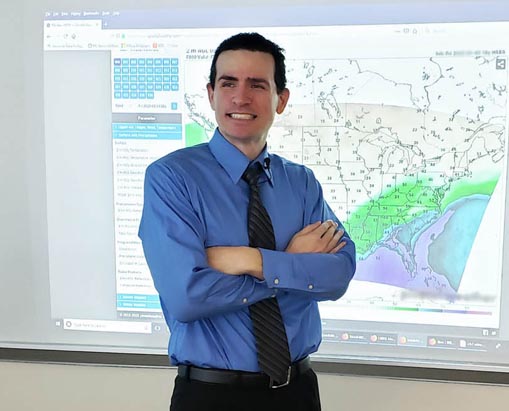The Basics about Humans, Global Warming, Climate Change, Climate Denial, and Solutions
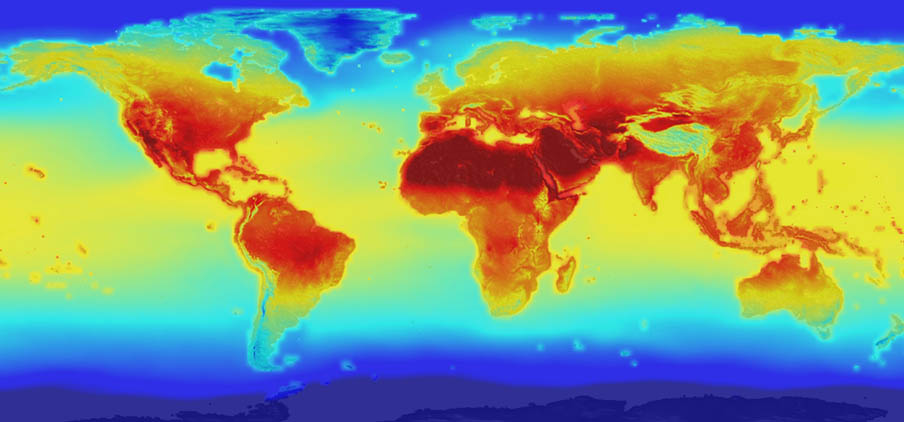
Earth’s climate is an awesome web of complex interactions between biotic and abiotic factors. Understanding why scientists are so alarmed about climate change (and human involvement) will help you understand why you should also be concerned. There are climate deniers that seem to focus on already debunked (unscientific) opinions, while ignoring the rest of the overwhelming evidence of human involvement in polluting our atmosphere and contribution to climate change.
We will look at some climate basics and understanding of the strong evidence we have for human involvement in global warming. Even the products you buy have an environmental impact on the other side of the world. There are also some great solutions to reducing your carbon footprint that could actually save you money in the long-term. The general public and political figures should be making informed decisions, based on actual climate experts, rather than the fear and ignorance displayed in public opinion or party politics.
Our Changing Climate
Climate science experts continue to warn the world about the impacts of anthropogenic climate change (human involvement in global warming). The overwhelming majority of actual climate experts, about 97-98%, agree that global warming is real and humans are partially causing it by their actions. Extensive research, millions of pieces of evidence, and an overwhelming majority of climate experts from around the world continue to indicate that humans are playing a role – and confidence in such findings is only increasing. There is also a global human health crisis connected to climate change. Therefore, the urgency of solutions and actions is becoming very real.
Unfortunately, biased politicians, lobbyists, ignorant blogs and talk show hosts continue to knowingly/unknowingly mislead billions of people about the role humans play in climate change. A large amount of the general public continue to allow themselves to be misled by politicians that are paid by special interest groups to deny science, people that have absolutely no science education/understanding, and conspiracy blogs.
The general public should focus on getting their information from qualified scientists with credentials in the field of climate change (graduate degree) that actually understand the complex science of climate change, rather than anyone else. You wouldn’t want an amateur blogger or news reporter performing open heart surgery on you without proper training/education, right? Similarly, we should be making informed decisions, rather than acting out of fear and ignorance.
Climate change is a global issue and everyone should have great concern for today and the future. The most important thing is to get educated about climate change, the evidence, and what you can do as an individual. Consider facts, logic and reason.
Climate Basics
The definition of climate involves average weather conditions over a period of several decades or more (at least 30+ years). There is a difference between weather and climate. Weather is the current state of the atmosphere. Climate is a long-term perspective with many complex driving factors, not just random high and low temperatures.
Earth’s climate has naturally changed over time with periods of warming (interglacial periods) and cooling (glacial periods). Natural climate drivers include volcanic eruptions, axial tilt, plate tectonics, etc. However, extensive amounts of strong scientific evidence, especially over the past 100 years, has caused scientists to examine the role humans play with climate change, especially because of human carbon production activity.
Carbon sinks are elements of Earth that store carbon for either short or long periods of time. There are many examples of carbon sinks, such as our ocean, trees, rocks, etc. Earth naturally cycles carbon. However, humans continue to throw off this natural juggling act through their actions, such as burning of fossil fuels and deforestation. Much of the materials we dig up and burn (release to the atmosphere) are also causing increased human allergies, cancer rates, depression, and millions of deaths each year.
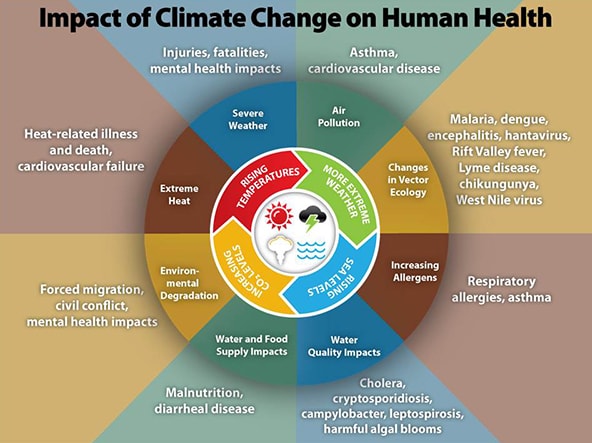
In addition, some gases in our atmosphere act as a greenhouse by absorbing and reflecting longwave radiation, which results in warming. Carbon dioxide (CO2) is only one of many greenhouse gases in our atmosphere.
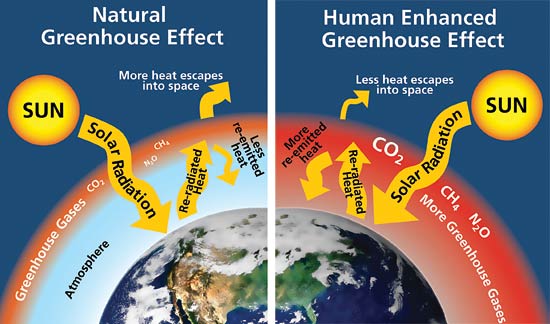
It’s important to have a perspective about Earth’s past climate and the scientific method that allows us to make predictions about the future.
We know about past climate through proxy evidence, such as tree rings, ice cores, sediments, fossils, evaporites, etc. There are millions of pieces of accurate past climate evidence, dating in excess of 300,000+ years previous. We weren’t there, but something else was: evidence. In the example of tree rings, they can provide an annual record of past climate. Some trees are 6,000+ years old (that’s thousands of years of a natural climate record alone!).

Imagine putting millions of pieces of evidence about past climate together, which is what scientists have done when it comes to determining where we are today.
Earth has natural climate cycles, but considering our past climate proxy evidence, through understanding of paleoclimatology, geology, meteorology, climatology, chemistry, and today’s modern scientific surveillance systems, there is strong evidence that suggests humans are playing a significant role in climate change, at least partially causing global warming.
But humans can’t change the atmosphere at all, right?
Wrong. If you’re not convinced that humans can impact the atmosphere, just consider the urban heat island effect. Humans build dense cities that give off higher amounts of heat versus outer areas. The atmosphere is linked to the surface. When humans change the natural surface albedo, the result will be an immediate change in the micro and mesoscale. The structures we build give off heat, pollution, and change the way the surface absorbs and emits radiation. We can often see this at night when it is warmer inside these dense areas versus outside (the natural, less populated areas surrounding a major city). Humans can clearly contribute to higher atmospheric temperatures.
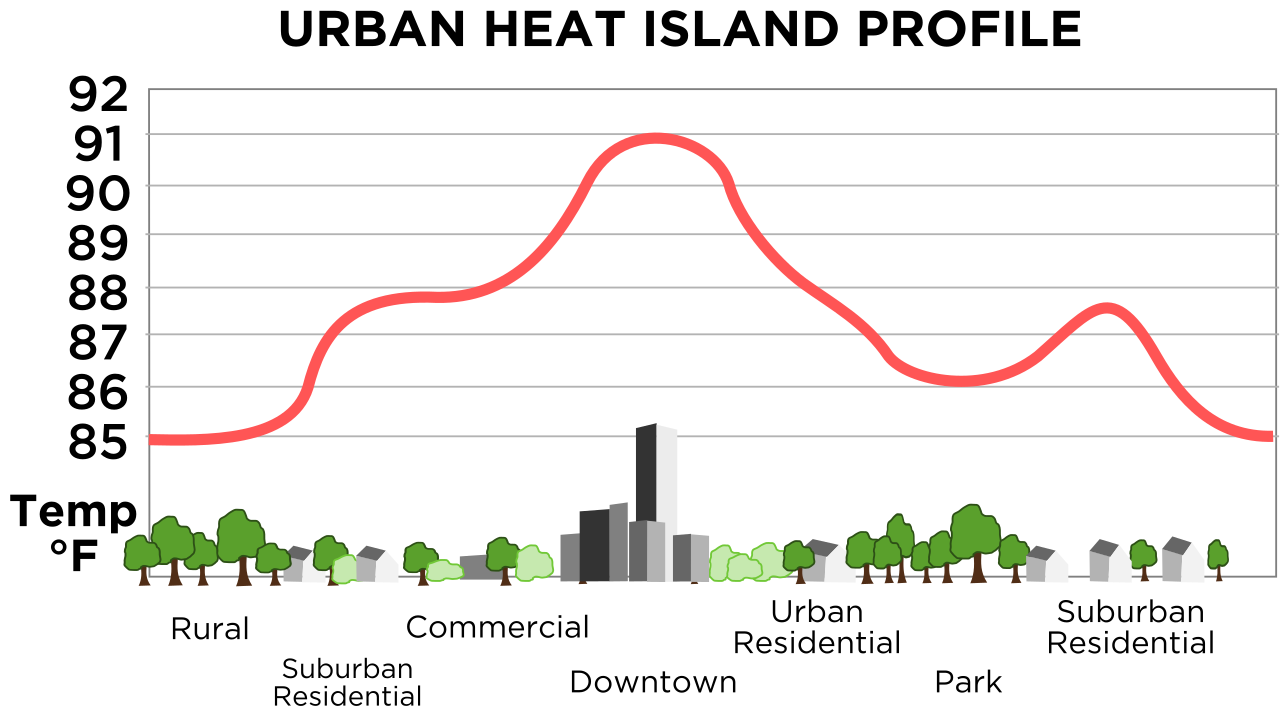
We cannot control weather systems, such as creating a tornado or hurricane (you could be King of Earth, if you could), but we can impact the environment, including weather and climate. Humans are rapidly removing trees, digging up toxic minerals, burning dirty fossil fuels, etc. The science behind human involvement on local and global scales is strong.
Global warming is real. The Earth is warming.

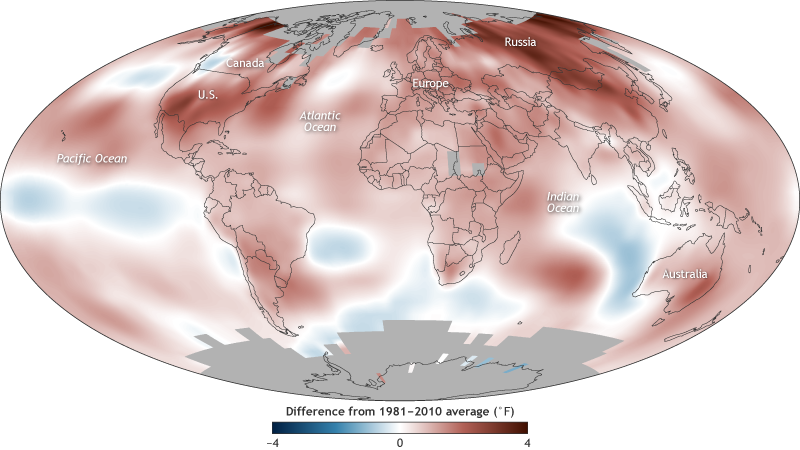
All three major global surface temperature reconstructions show that Earth has warmed since 1880. Most of this warming has occurred since the 1970s, with the 20 warmest years having occurred since 1981 and with all 10 of the warmest years occurring in the past 12 years. Even though the 2000s witnessed a solar output decline resulting in an unusually deep solar minimum in 2007-2009, surface temperatures continue to increase.
Gases are not magic. Whatever we dig up and burn has a real environmental impact. Scientists understand the behavior of most terrestrial gases, which means that we can make predictions about the future.
We are digging up and burning carbon at an astonishing rate. To think that humans have no effect on climate is naive.
How do we know humans play a role in climate change?
Using the scientific method, an overwhelming majority of expert climate scientists have considered massive amounts of climate evidence, climate proxy evidence, and complex computer models to determine whether the past 100 years of climate change was natural or had at least some human influence. The vast majority of experts point to strong evidence that humans play a role in global warming, especially since the introduction of mass exploitation of carbon sinks, deforestation, land conversion, and the beginning of mass production operations that leave huge carbon footprints.
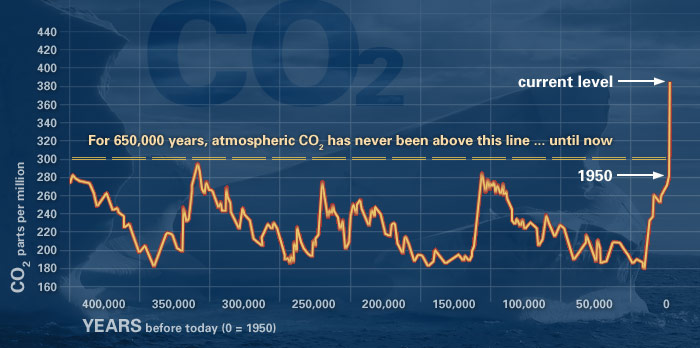
The amount of CO2 has been increasing, since the Industrial Revolution1, 2, 3. The Industrial Revolution marks the period of time when humans begin mass production and mass pollution emissions.
In May of 2013, the average daily concentration of CO2 exceeded 400 ppm for the first time at the Mauna Loa Observatory in Hawaii, one of the places where records were kept since 1958. This is significant because CO2 levels never exceeded 300 ppm during the last 800,000 years until the early 20th century, according to our ice core records. The new rate of increase seems to have also double over time, compared to the initial recorded rate.
Global temperatures continue to rise, and at an increasing rate, including sea surface temperatures. The 20 warmest years have occurred since 1981. Even though there was a solar output decline in 2007-2009, surface temperatures continue to increase.
Average global temperatures warmed roughly 1.53° F from 1880 to 2012, according to the Intergovernmental Panel on Climate Change (IPCC). The daily lows and highs are getting higher, which means low temperatures are getting warmer and high temperatures are getting higher (warmer). Scientists expect more record higher temperatures in the future.
In just the last three decades, about 50 percent of Arctic sea ice cover, which is 80 percent of sea ice volume (thickness) ice have been lost1.
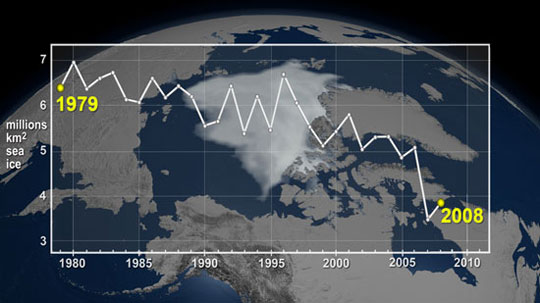

Sea levels are rising, which is an almost immediate problem for areas that are at or below sea level. Global sea level rose about 6.7 inches just the last 100 years. The rate of increase has doubled over the past 100 years1.
The more CO2 we put into the atmosphere, the more the ocean will try to absorb it, which means our oceans are becoming more acidic. Even small changes in pH can be potentially devastating for plants, animals, and humans2.

Scientists have measured/observed examples of climate change impacts on sea life, including rapid decay of the protective shell of pteropod species (in less than 45 days). Pteropods represent a food resource for krill and whales, which is a good example of the enormous impact even a small change in climate has on large food chains.
Carbon dioxide is absorbed by our oceans, forming carbonic acid, which is broken down into hydrogen ions and bicarbonate. This process of absorption causes the water to become more acidic, lowering pH. Any lowering of pH can have drastic consequences for ocean life.

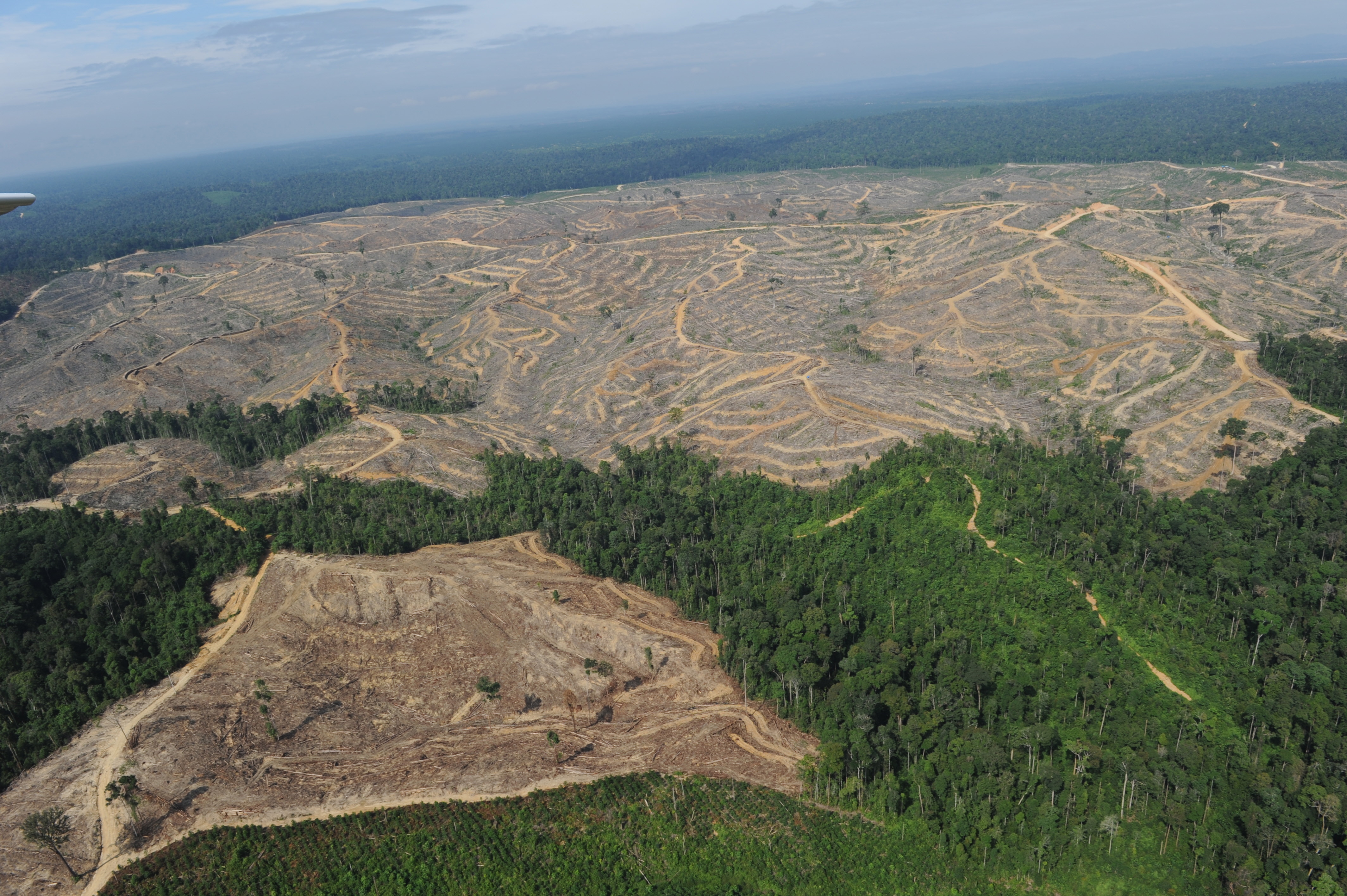
According to a 2011 State of the World’s Forests report, humans were removing about 13 million hectares of forest per year, between 2000 and 2010. Removing large amounts of land does have an impact on erosion, climate, and air pollution. Additionally, large amounts of animals are displaced/stressed.
I heard increasing (more) CO2 is good for plants, right?
By itself, we can pump CO2 into a closed chamber and increase plant growth. However, in the real world, on a global scale, significantly more CO2 into the atmosphere results in overall environmental damage, even extinction for some species. It’s not CO2 by itself, it’s what happens when it increases, including acidity, primary and secondary gases, photochemical reactions, pollutants, trophic disturbances, record warm temperatures, droughts, ocean density changes, thermohaline circulation changes, invasive species, disease outbreaks, etc.

The misleading political and news articles that suggest significantly increasing CO2 is good for plants has already been debunked by nearly every scientist1, 2, 3. Again, the people pushing the idea that increased CO2 is good for plants are only considering CO2 by itself, as if it was in a closed box isolated system, ignoring everything else that comes with rising CO2 levels, which is not reality.
It is misleading and ignorant to suggest that increasing CO2 in any significant amount means that plants, animals, and humans would be better off. Unfortunately, many news media websites and talk show hosts run with such misleading headlines because they didn’t understand science or what the entirety of a research piece meant (context).
I read a news article about how ice is actually growing, which means global warming is a lie, right?
Wrong. Overall, ice coverage and growing seasons are decreasing, especially in the long-term. It’s important to realize that many news organizations run misleading articles because they picked select pieces out of a research piece (ratings) or just didn’t understand the science behind it (context). It’s important to look at the long-term, periods, over several decades to today and beyond, which all conclude that ice is decreasing in coverage (and thickness)1.
Globally, ice is melting at a record pace. Melting ice means changes in ocean chemistry, density driven conveyor belts, and climate patterns. It could also mean significant disruption to sea life and humans that rely on coastal economies.

Who cares, it’s China and India’s problem because they pollute the most, right?
Wrong. Think of the products Americans buy at their local department store. The clothes, shoes, electronics, housing goods, and other consumer products are often produced by slave labor in poor countries. Americans love to consume, but generally do not consider where the items came from or the impact it has on the environment. Mass production factories with low wage workers produce huge amounts of pollution, some of which contributes to climate change. The fact that consumers in America get the final cheap product, clean air and water, often means overlooking the environmental cost thousands of miles away.
Essentially, Americans are somewhat directly responsible for pollution overseas because it is the very products we demand and consume that generate the actual emissions and pollution overseas. Most American products are produced in China and India.

Nobody is saying you’re a terrible person for owning a cell phone or car, but we should be aware of the impact our actions have on the environment and future generations.
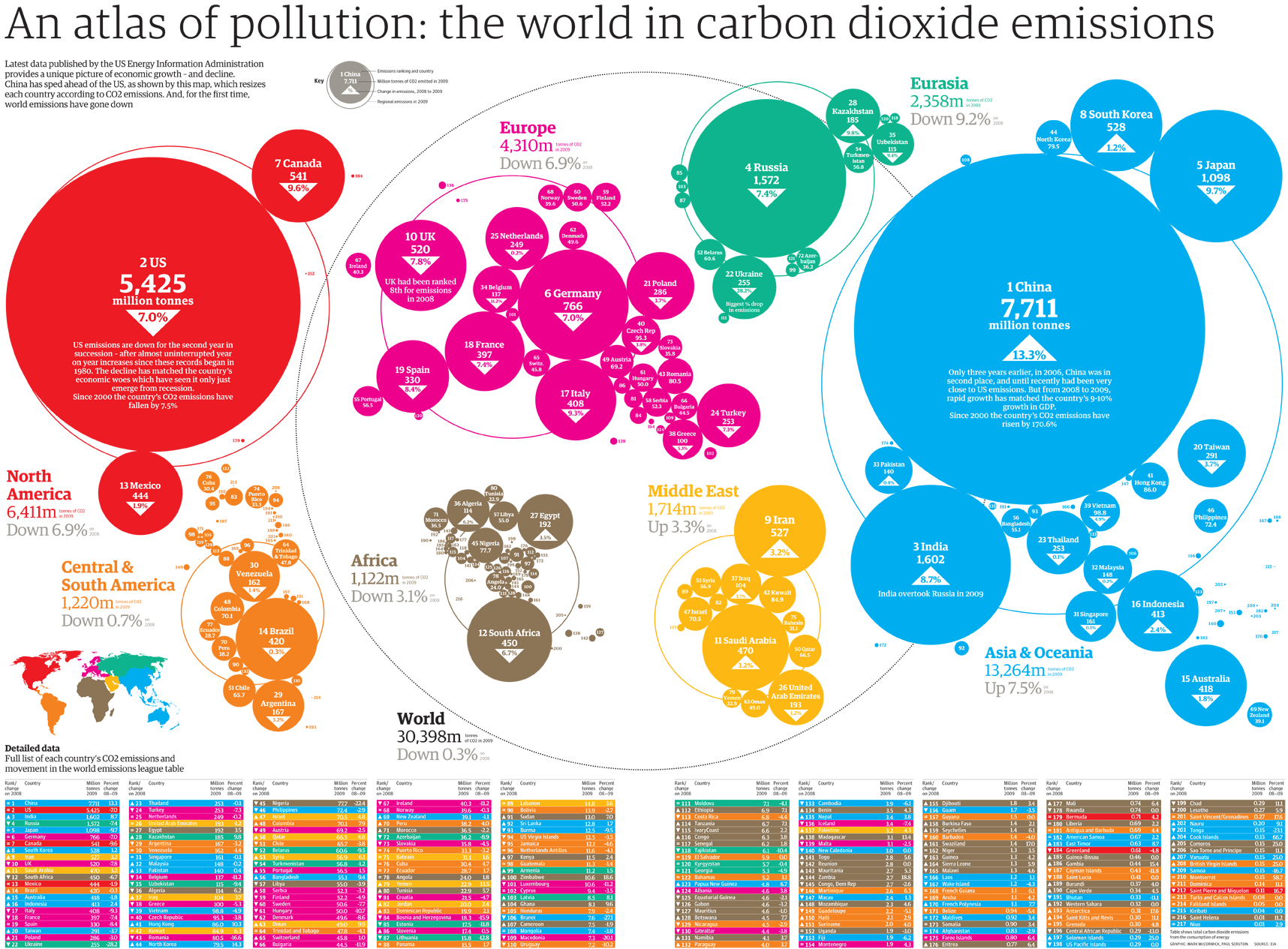

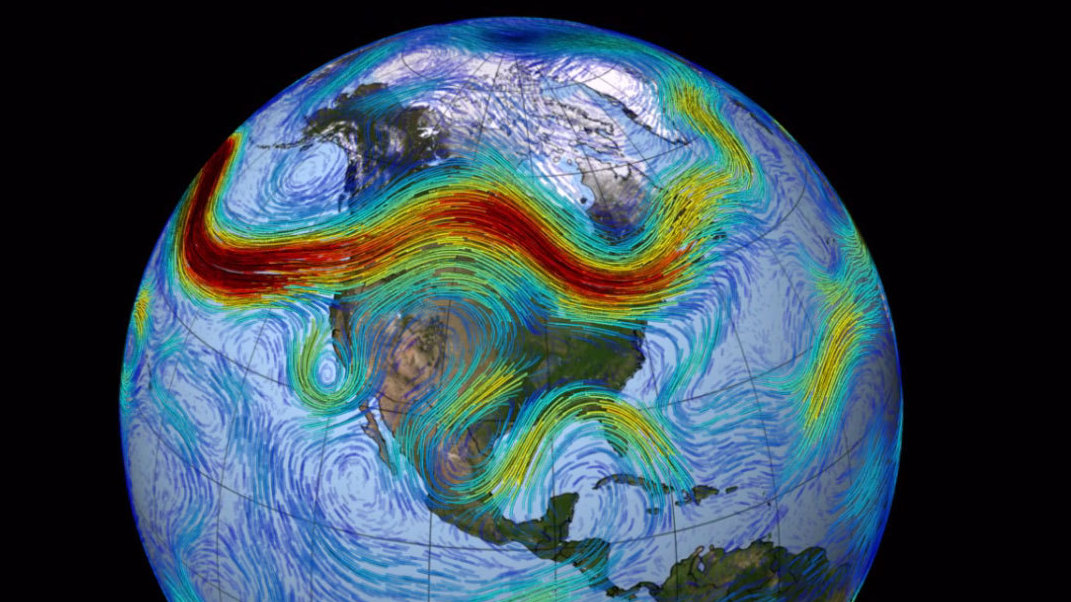
Regardless of where emissions initially occur, the result is a global problem. Large ocean conveyor belts and the jet stream can carry one country’s pollution all the way around the world. The United States is not isolated from the ocean or jet stream. Climate change is a global issue.
Is there a conspiracy among climate scientists to push climate change because some secret group is going to make billions?
The truth of the matter is even the oil industry’s own expert scientists (decades ago) admitted that humans likely play a role in climate change.
Why would the oil industry bother with climate change, if it didn’t have so much evidence to accept it? How many people knew about global warming in the 1980s? Even the media did some digging and found that the oil companies were concerned about climate change well before the general public knew in the 1980s.
In fact, if the science community could be bought off, this issue would have died a long time ago. Science is a global language and there are so many climate experts around the world that the evidence is getting harder to deny. Perhaps the actual conspiracy exists on the side of the oil companies and political figures that want to continue collecting trillions of dollars (globally) while damaging our current and future environment and resources.
Why so much climate change denial?
One major reason why such a large amount of American public will listen to those that deny science and climate change is due to a lack of scientific education. Globally, the U.S. ranked 27th in math and 20th in science, according to recent research, exam scores, and public knowledge surveys. America is far behind the rest of the word in education, especially hard science1, 2, 3, 4, 5.
These findings suggest a problem with American K-12 and college education. Not all teachers and professors are bad, but the overwhelming evidence suggests that there is a huge, undeniable, problem that involves educators, administrators, and students. We need qualified science teachers and professors teaching sound science, embracing the scientific method, not just on matters about climate change. If science teachers are not teaching sound science, they shouldn’t be teaching in any classroom.
It is astonishing to realize that a considerable portion of Americans think the entire climate science community has created a global warming conspiracy to make money or force some evil agenda on them. The climate deniers are just fighting against overwhelming scientific evidence, clean air and water, healthy and happy populations, and the rest of the world that has already accepted the overwhelming evidence and is working towards solutions. Once again, some Americans believe the entire world has conspired to get them and that 97% of climate science experts are wrong.
The science deniers even have Sarah Palin as their mouthpiece, ironically, which also says something about their scientific literacy and overall judgement abilities.
Despite the distrust of the government, the Obama administration has done a good job putting together a simple website that discusses the actual scientific evidence behind global warming and human involvement. Unfortunately, for some people, no amount of facts or evidence is going to change their minds. Such people have no business in any major decision-making capacity.
We must encourage students to ask questions, research, apply the scientific method, and make informed decisions. The classroom is a place to open minds, learn, challenge our beliefs, get people thinking, and to foster productive people in these modern times. There are right and wrong answers. When students are given a good baseline with basic science education, they have the minimum tools needed to make informed decisions, bridging the gap of scientific illiteracy.
Science is our future. Today, our problems are more complex than 1950. Our future as a country, our national security, economy, and health depends on whether we have a growing, and healthy, population of science, technology, engineering, and math professionals.
There are also a lot of politicians and lobbyists that continue to spend millions to secure their outdated beliefs, infrastructure, and power status, regardless of human health and global climate concerns.
Applying the scientific method is the best way to make informed decisions. The good thing about science is the fact that it’s a global language and it doesn’t care about personal feelings, religion, or tradition. Gravity exists, whether you believe in it or not.
The lack of a basic science education means that people can be easily misled by anyone on a range of issues. Misleading information also spreads quickly through the internet and social media. Political bias on major radio and television shows also results in the spreading of ignorance.
Until more people are educated about climate science and the evidence, the denial will continue. Thankfully, there is evidence that denial of science is decreasing in the United States due to online resources, popular science communicators, increased science education, etc. Scientists are working to communicate about climate matters and fill the void of climate ignorance that exists with the general public.
Perspective and Solutions
In order to understand the human role in climate change, one must understand the basics of climate and current scientific evidence. The general public must also understand that even slight changes in temperature (just a few degrees), pH, and other elements could have drastic plant, animal, and human impacts.
In more developed countries, humans have a lot of food and water infrastructure, which means they are late to “feel” the impacts of climate change. However, less developed nations are already experiencing the effects of climate change. Waiting until it’s too late would be a terrible idea. It’s generally smarter to exercise caution and do what we can to limit our pollution, focus on alternative and cleaner energies, and promote science education.
Individuals can do their part by reducing, reusing, and recycling. Consider using alternative energy sources, which could also mean reduced cost. Walking and bicycling is also encouraged as a cleaner mode of transportation – and because it results in exercise.
Business should consider the environment before proceeding with construction, working with the environment, not against it.
Our decision-makers, House and Senate, and local governments, should be utilizing actual climate experts, rather than political figures, blog authors, and talk show hosts with absolutely no formal science education or credentials. Our decisions should be based on good information, not fear and ignorance.
When you understand climate science, you can clearly see that climate change is real and it’s a fact that humans play a significant role in it. The next step for everyone is to figure out efficient, cost-effective solutions and work together with the rest of the world to combat our role in climate change, pollution, and ensure future resource availability.
More about author.
